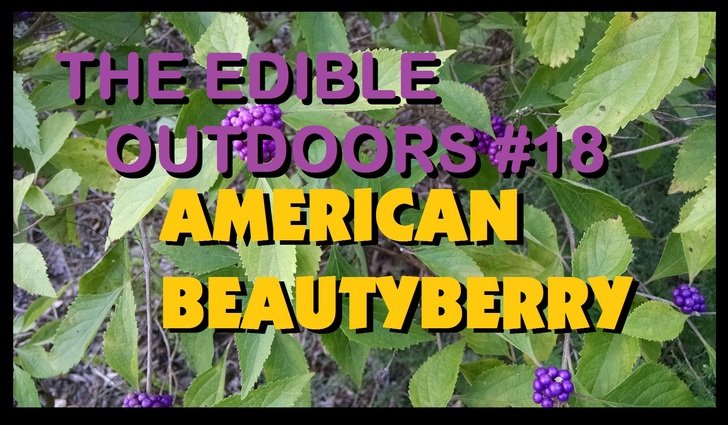
The American Beautyberry is a plant that I have known about for sometime, but I had never tasted it until yesterday. It's scientific name is Callicarpa Americana and it is native to the southern United States.
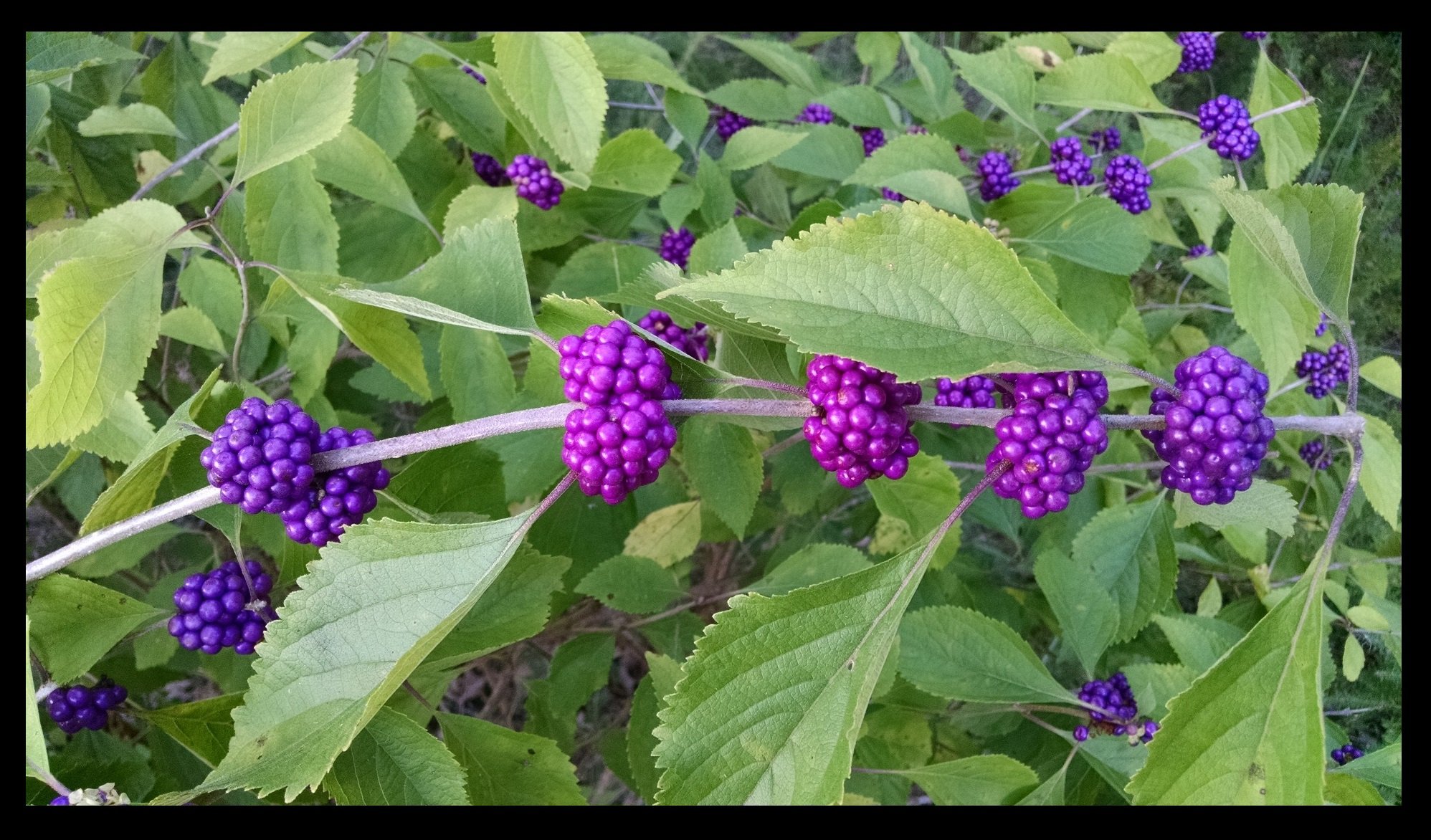
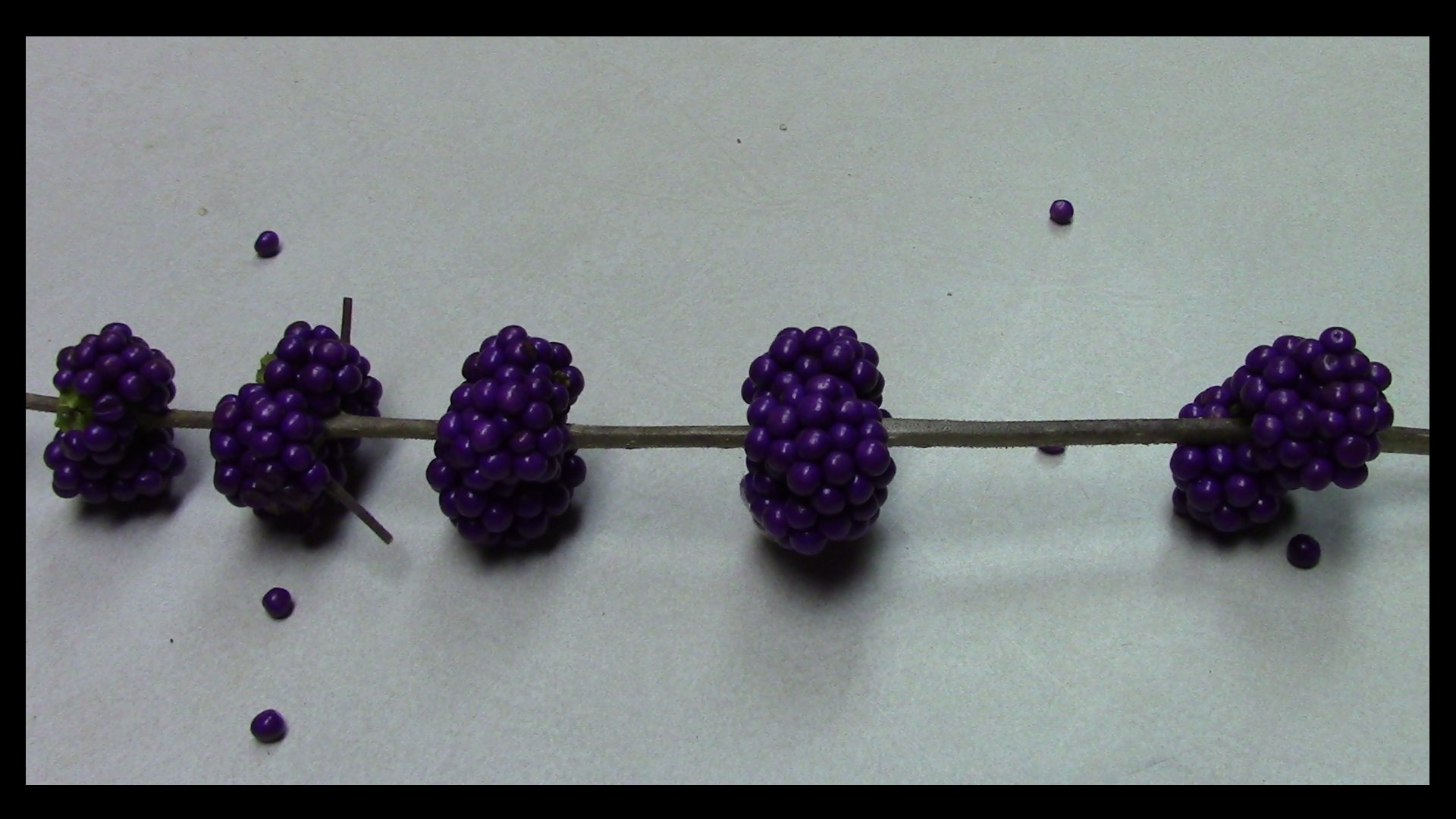
BASIC INFORMATION
The plant itself is a perennial shrub that will come back for years to come. The easiest time to recognize it is when it is fruiting, because it becomes covered in little clusters of tiny berries that are a striking purple color against the green leaves. This plant provides a good source of food for many animals. Though it can grow to over 10 feet tall, they usually get around the 5 - 6 foot range.
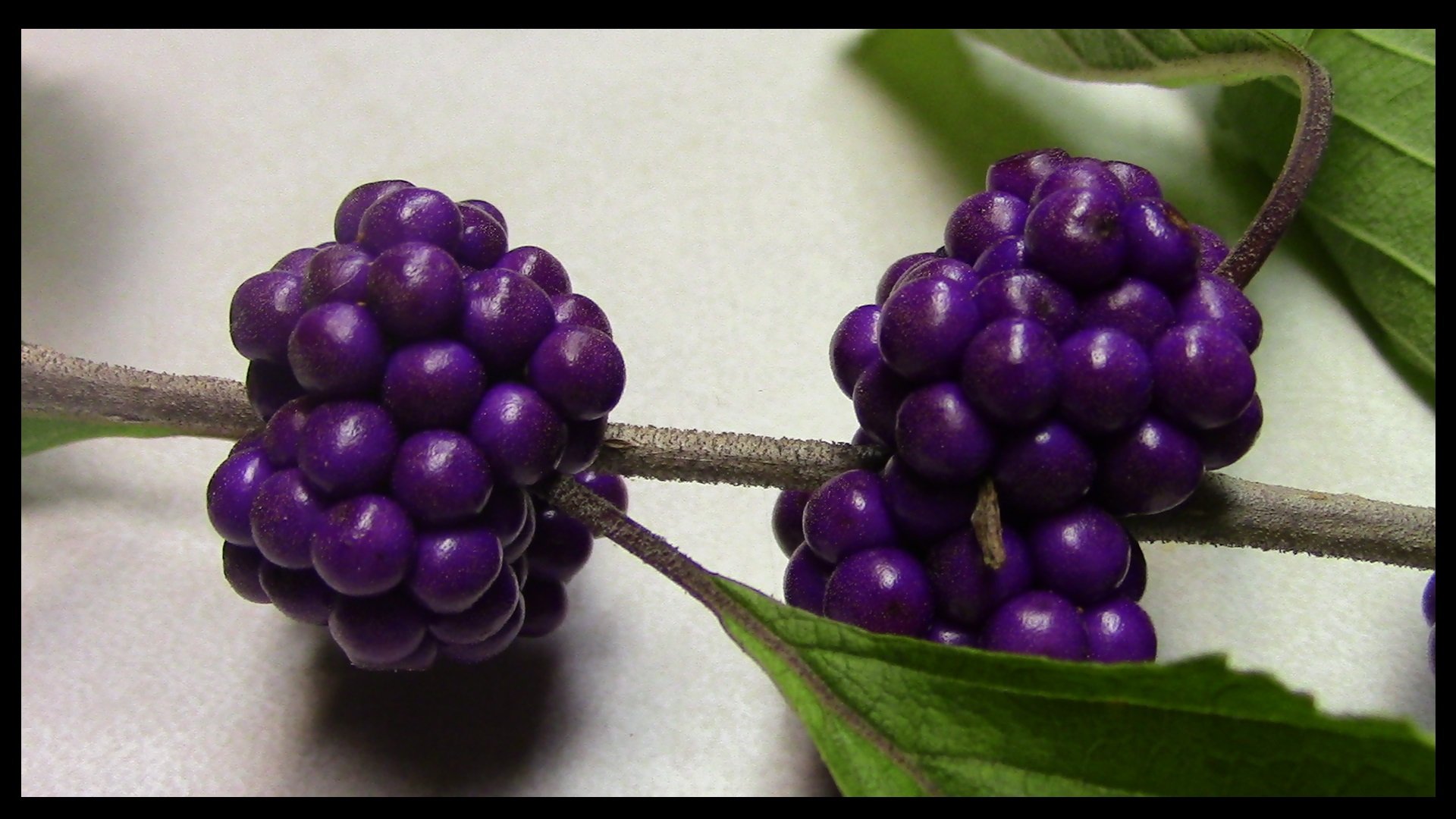
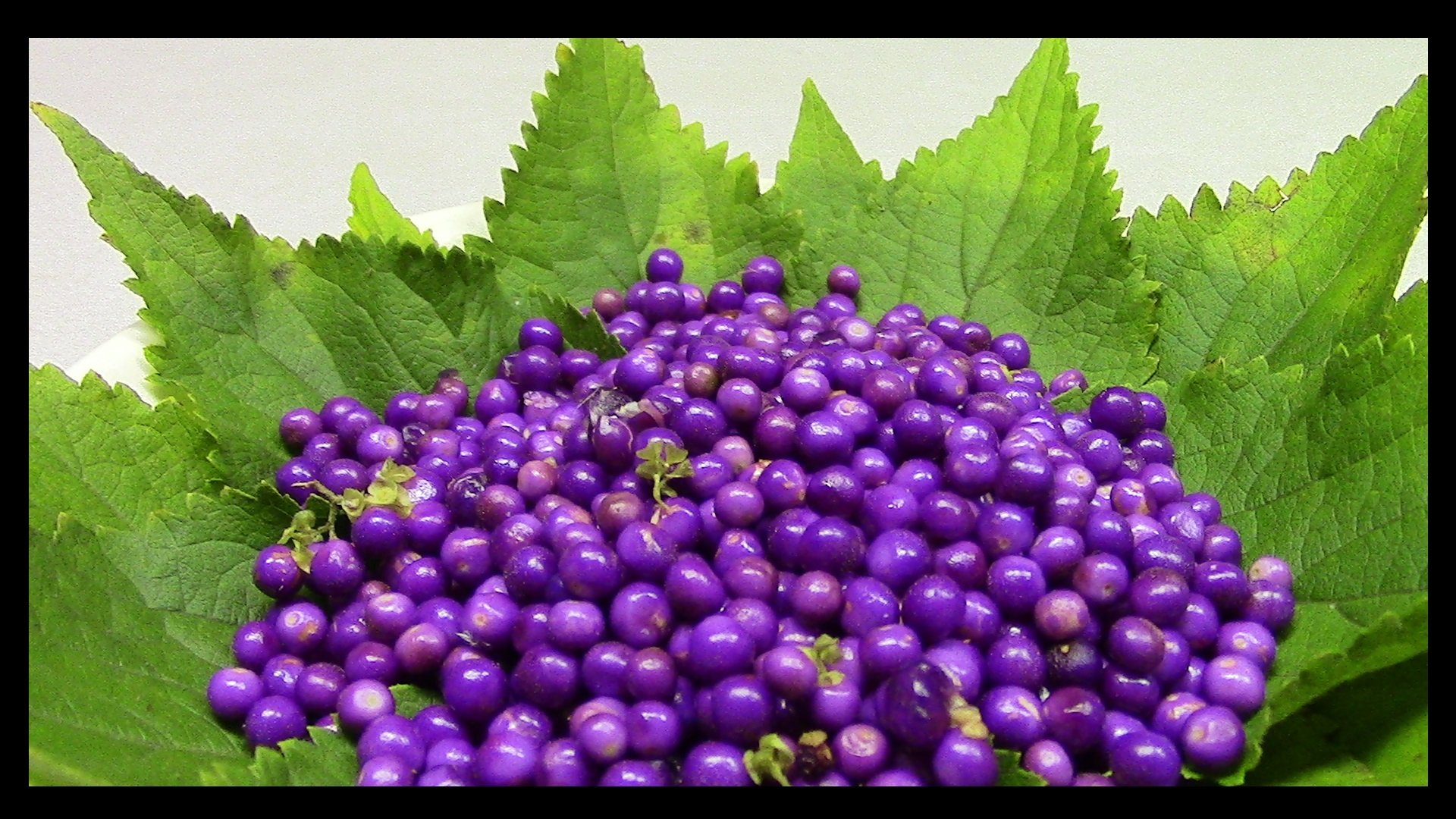
USES
The berries themselves can be eaten raw or cooked. Many people will use them in a jelly or jam. Some warn against eating too many, but that is common with many wild edibles. (Again, I'm not suggesting that you should eat this plant, I'm just saying that if you needed to, you could, and I already did.) I like to break the cluster off of the stem and then let all the tiny berries disperse into my palm. I think that sprinkling them on top of salads, cereal, oatmeal, or yogurt would be a great way to add some color to a dish and get a reaction from your meal guests. The flavor kind of reminds me of Elderberries, though more subtle. It's also slightly astringent.
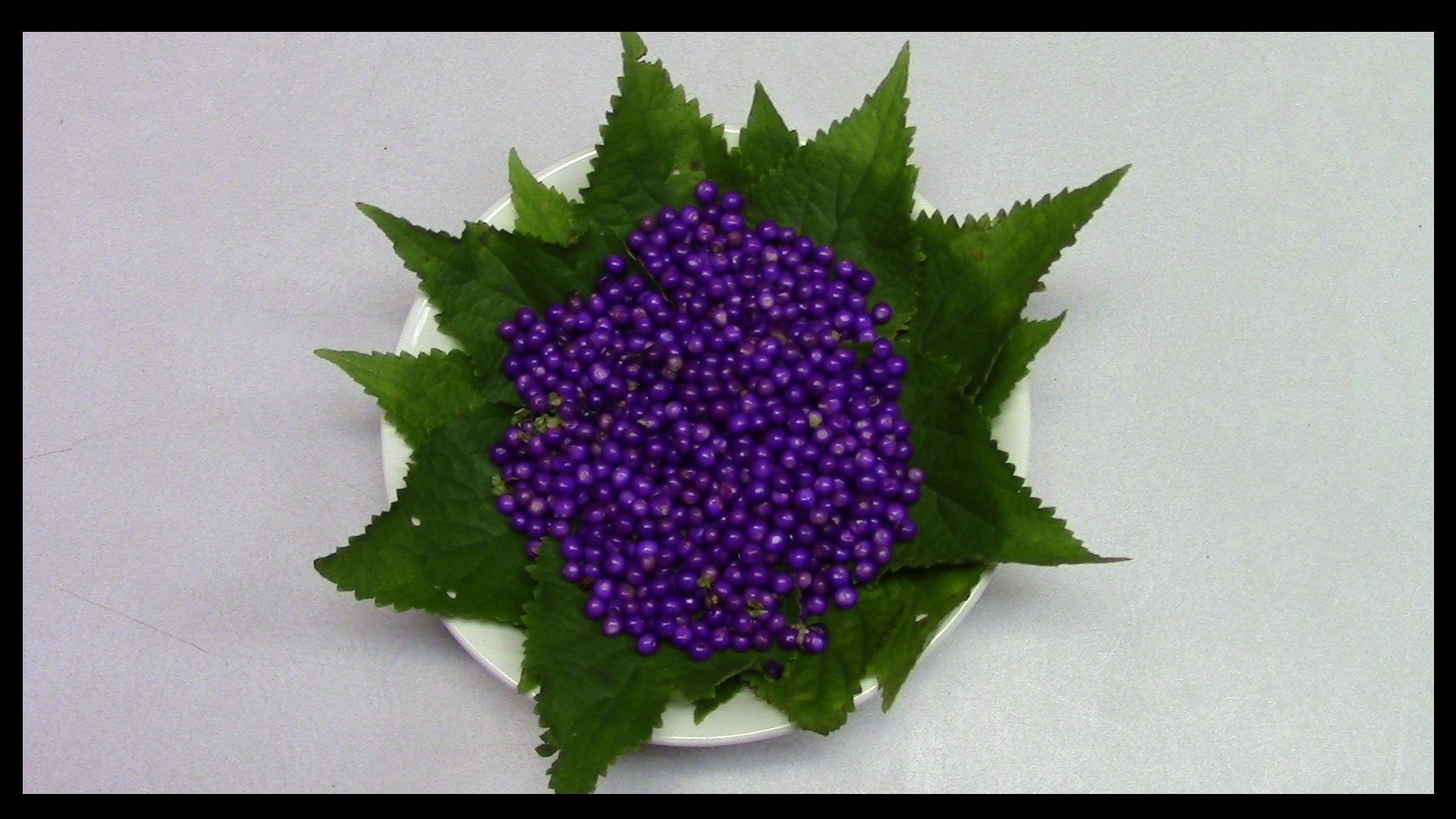
Like so many plants, the fruit is not the only useful part. People also enjoy making an herbal tea from the roots. I have not tried this yet, but I'm sure that one day I will. Also, the leaves have been used for a long time as a natural mosquito repellent. I've heard that pioneers and farmers would often crush the leaves and stick them on their livestock to help keep the bugs away.
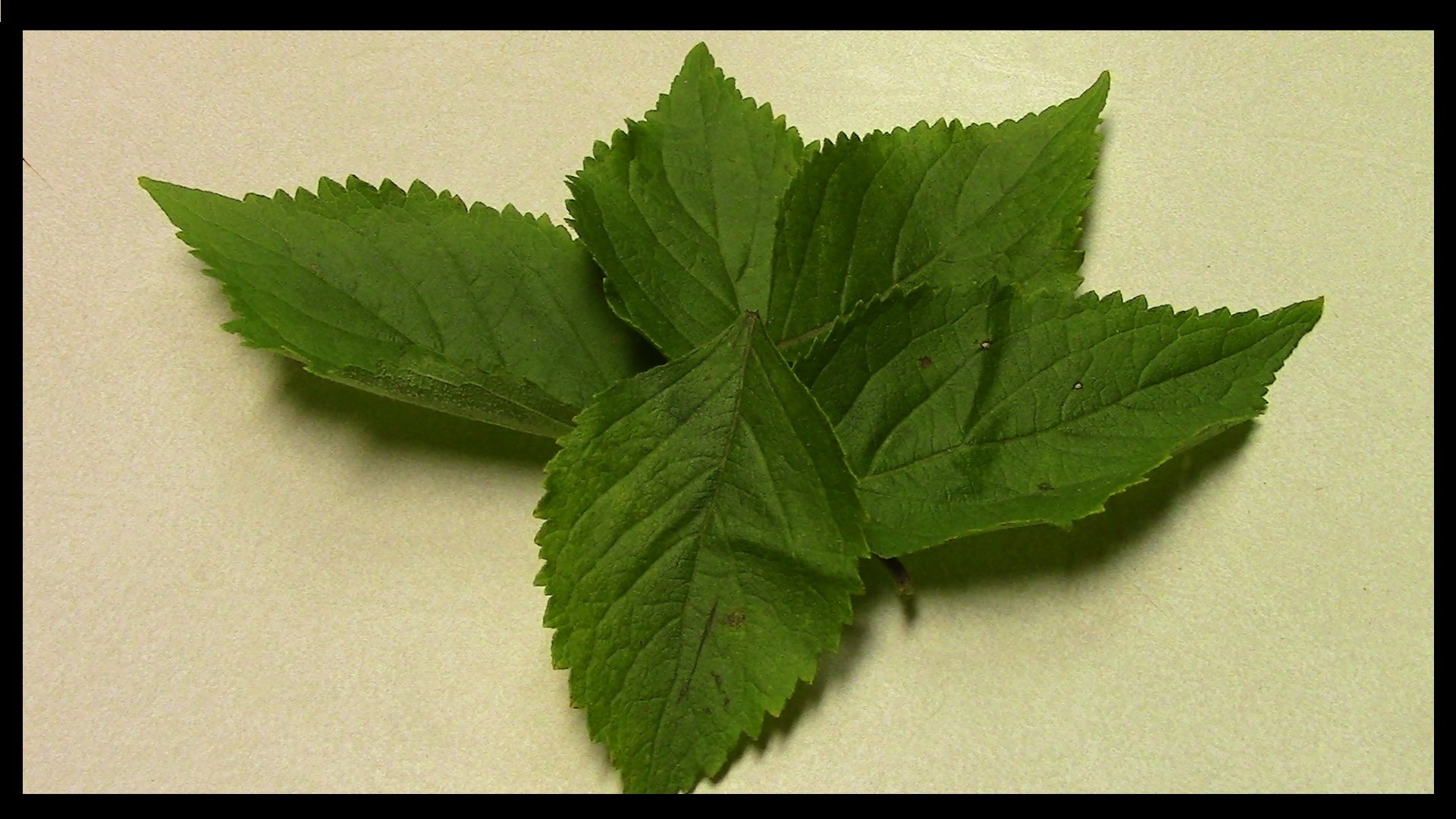

PROPAGATION
Because of the structure of this bush, I think that it could propagate quite well from stem cuttings. Other similar shrubs like Elderberries and Gooseberries can root quite easily with that method, so I will attempt to give it a try with these.
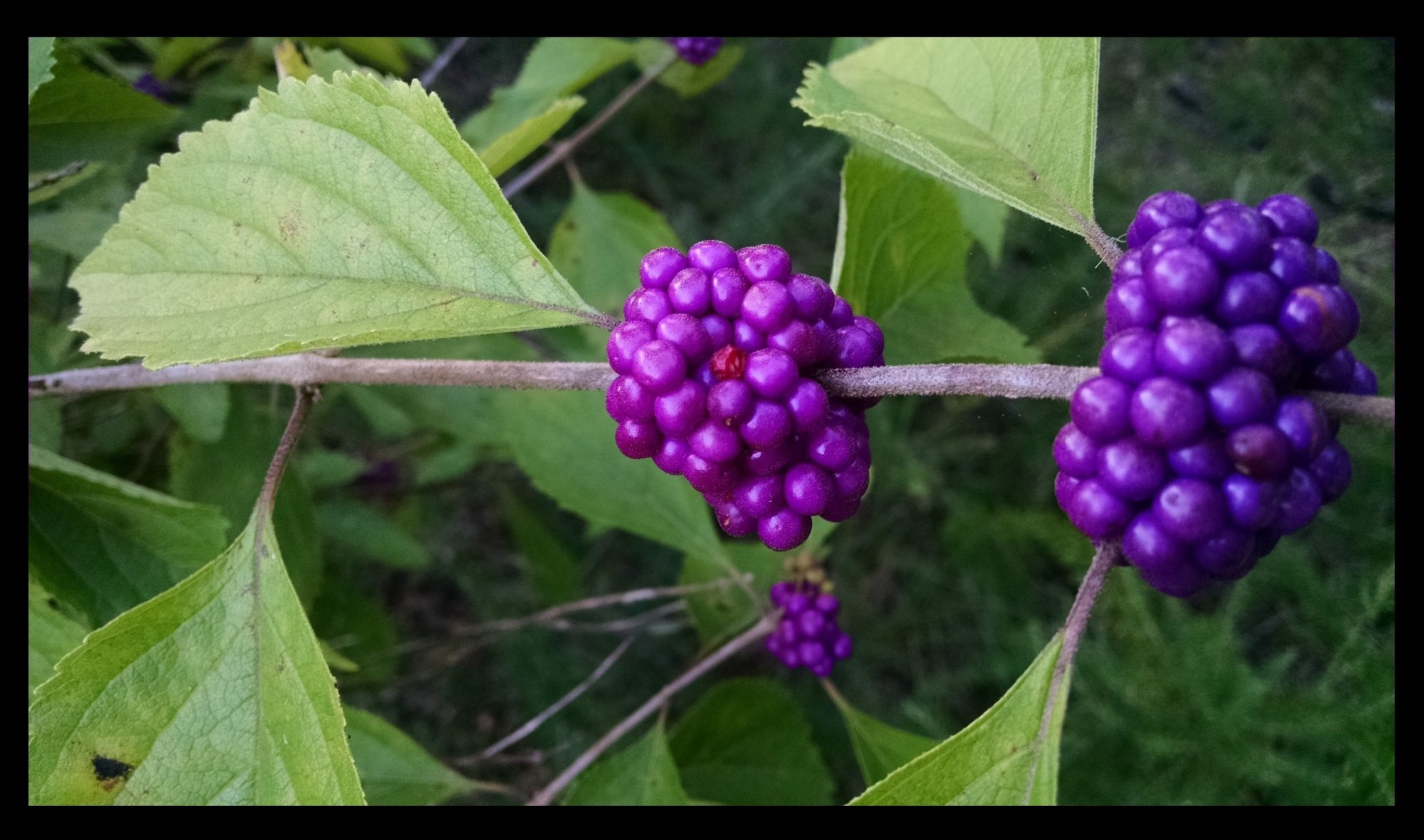
The traditional, natural method of propagation for this plant is from seeds. As I examine the inside of these tasty little berries, I see that each one has at least a couple tiny seeds in it. When you consider how many seeds are in a berry, how many berries are in a cluster, how many clusters are on a stem, and how many stems are on a shrub, it can multiply really quickly.
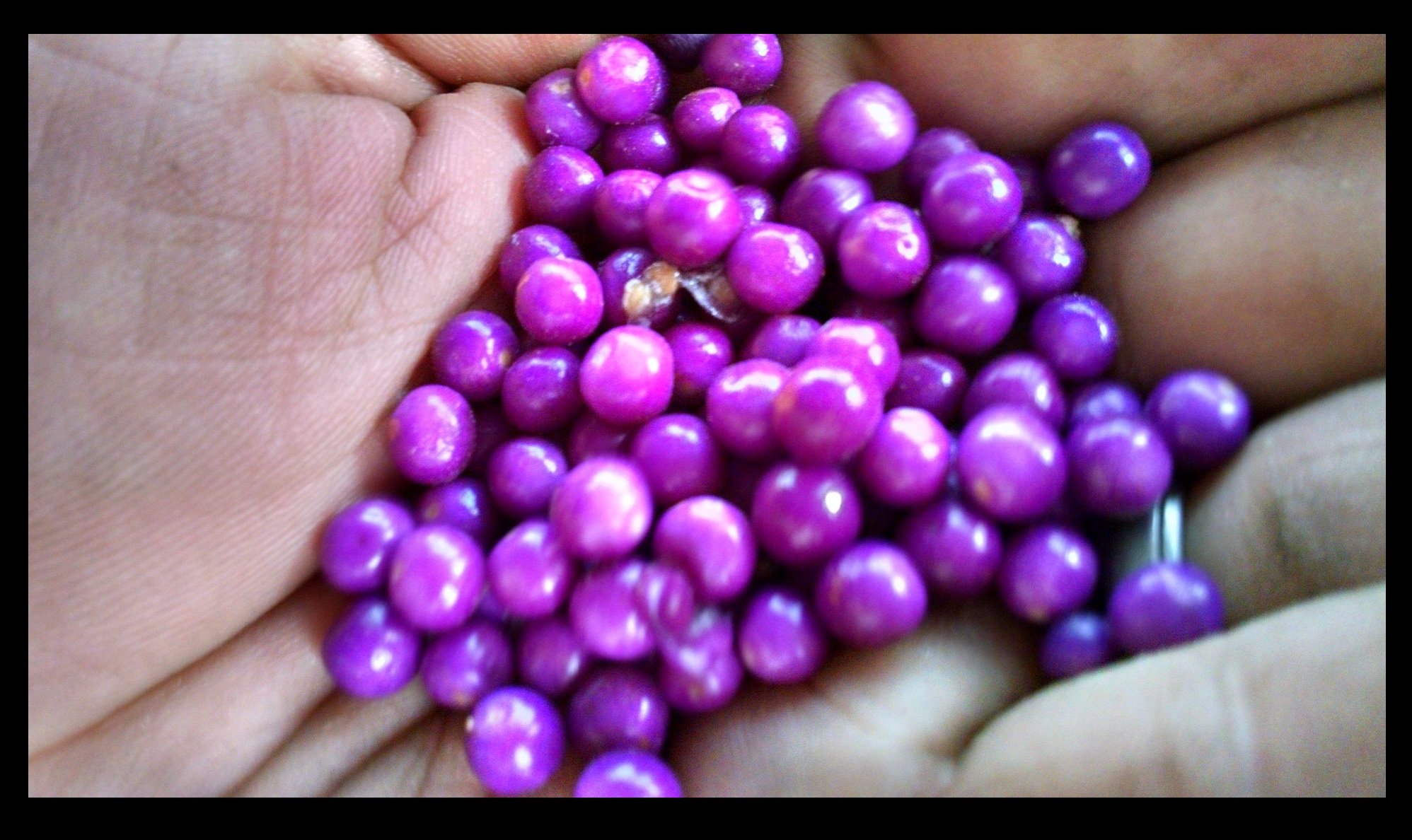
This small handful of berries could be used to plant a small forest of American Beautyberry bushes! In the wild, the birds, deer, and other animals that eat them help spread the seeds around, and therefore spread the plant around as well.
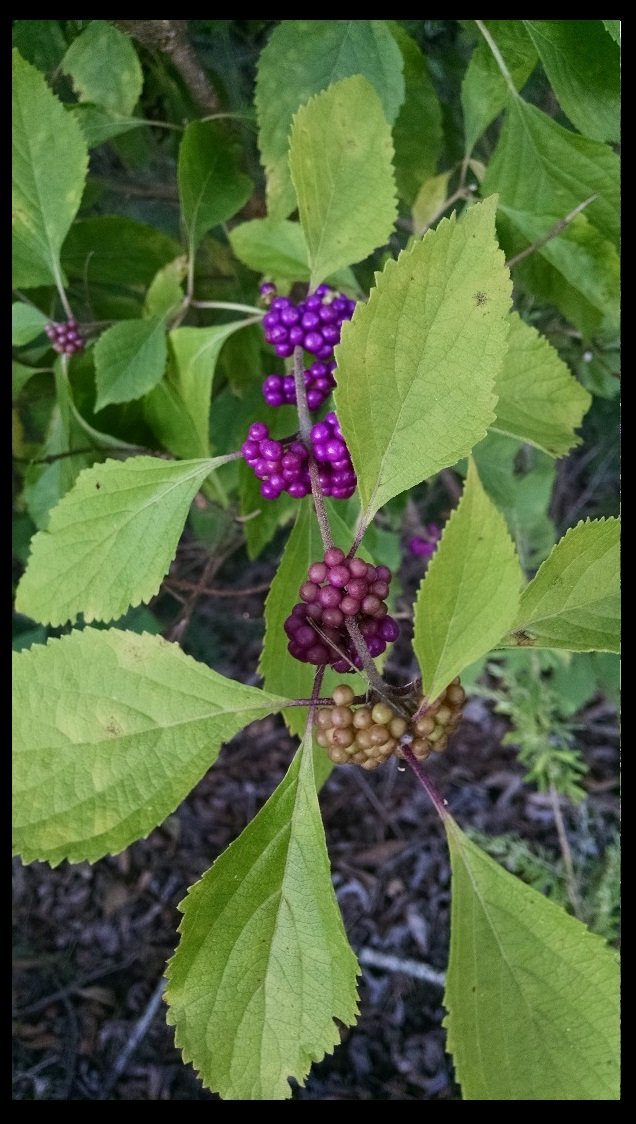
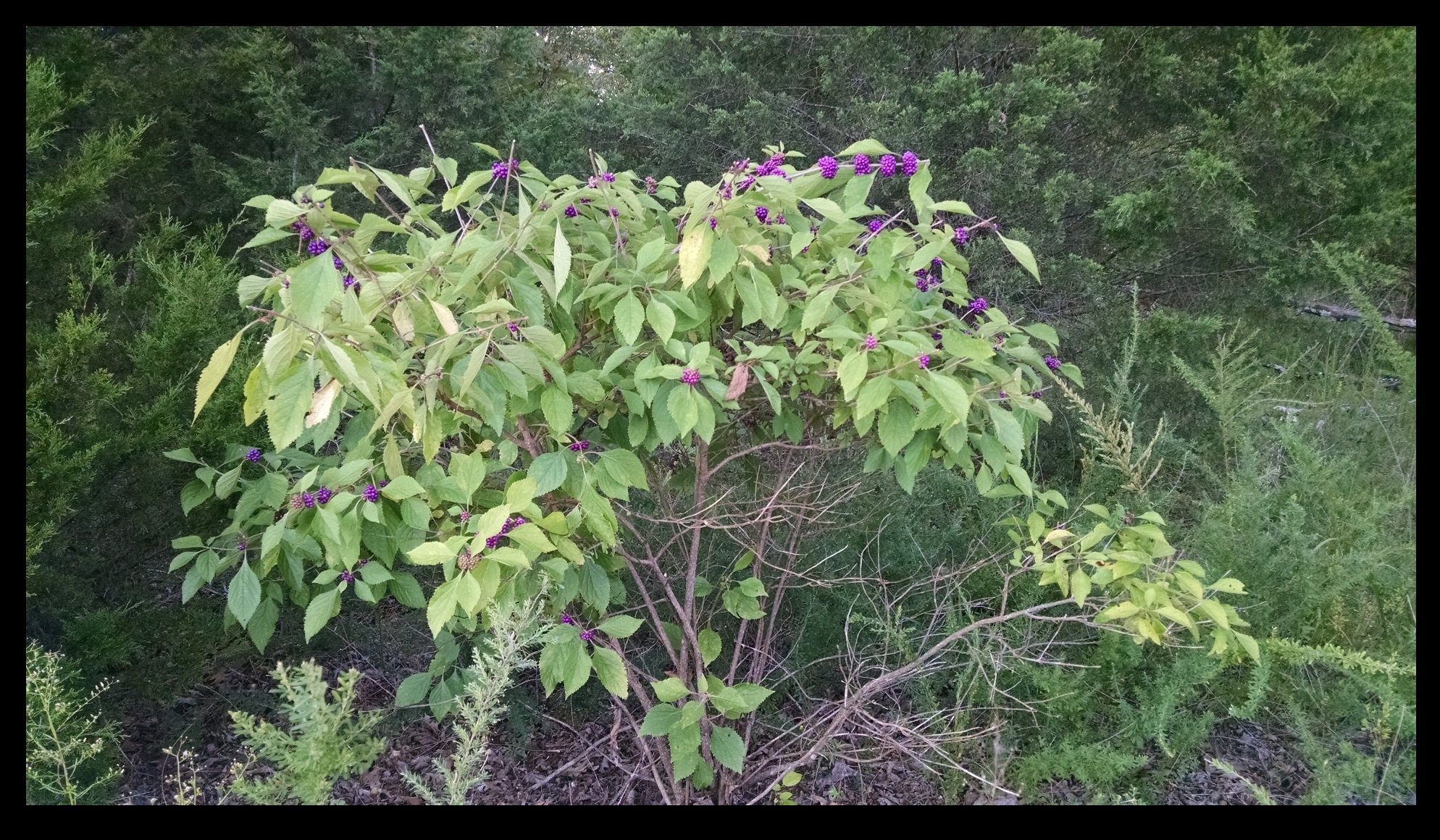
PAPA'S THOUGHTS
When I first saw the bush pictured above yesterday, I was really excited. First off, I knew that it was an American Beautyberry and that I had never seen one fruiting in the wild. (I'm still new around here.) Of course it is a beautiful berry and appropriately named, and it was a sight just to behold. As one who likes to munch while I'm in the woods, I was also very interested to finally taste the fruit from this plant as well.
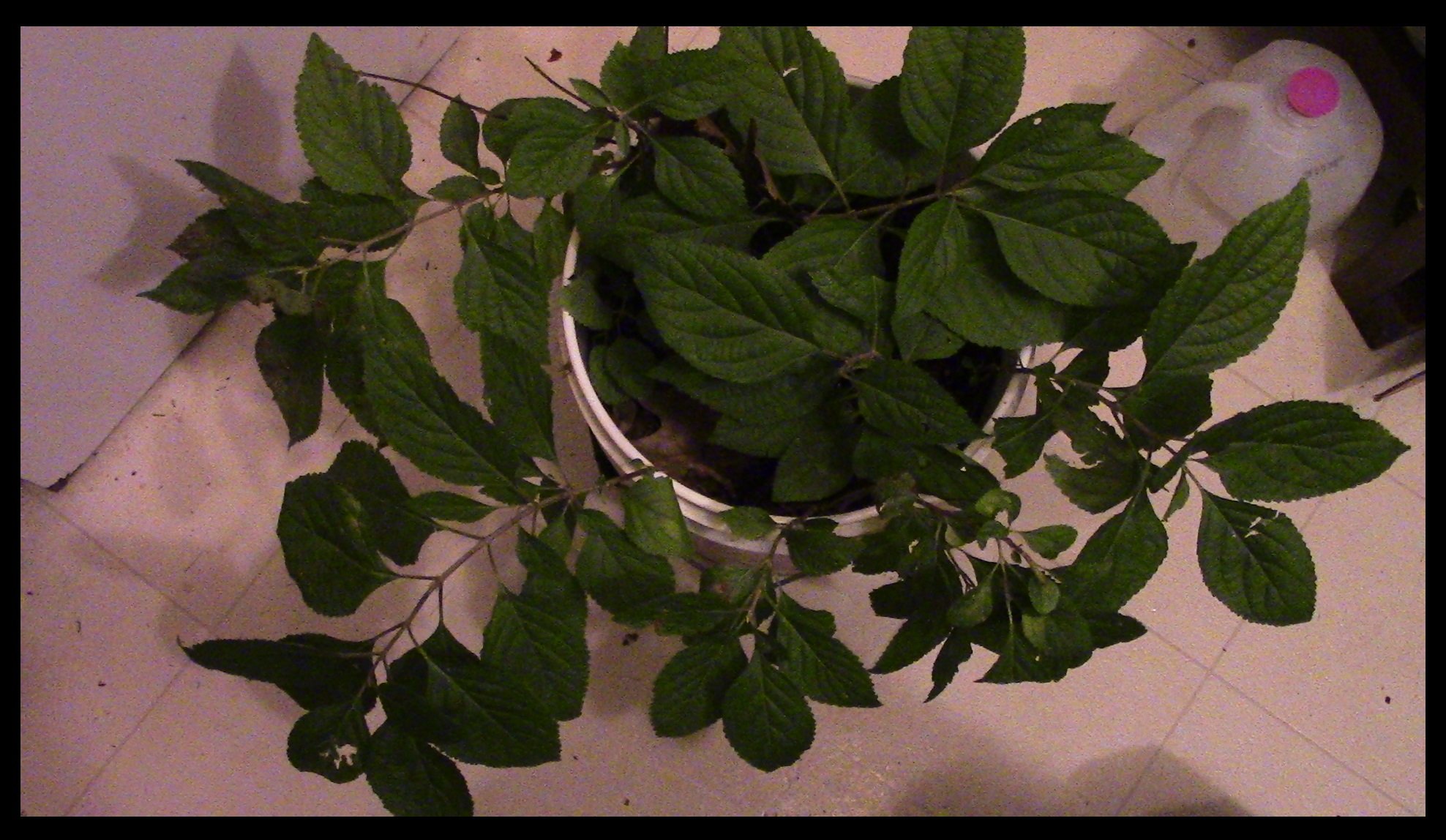
The real reason that I was so interested in finally checking this plant and the fruit that it produces out is that I already bought 100 of them! Here's a few growing in a bucket. As I continue to move forward and provide for more of the needs of my family from the land that we live on, it is becoming more and more important to be growing food. As I build our permaculture food forest, it is multipurpose plants like the American Beautyberry that I'll need to know about and use.
Just think of the uses that I listed earlier and consider a few more too:
- Food for people
- Food for wildlife
- Food for domesticated animals
- Herbal tea from roots
- Mosquito repellent from leaves
- Possible propagation for sharing or selling
Yep, this is another great plant in THE EDIBLE OUTDOORS that I am very blessed to have finally met!
All photos by @papa-pepper
Any information that was not original came from wikipedia here.
As always, I'm @papa-pepper, and here's the proof:
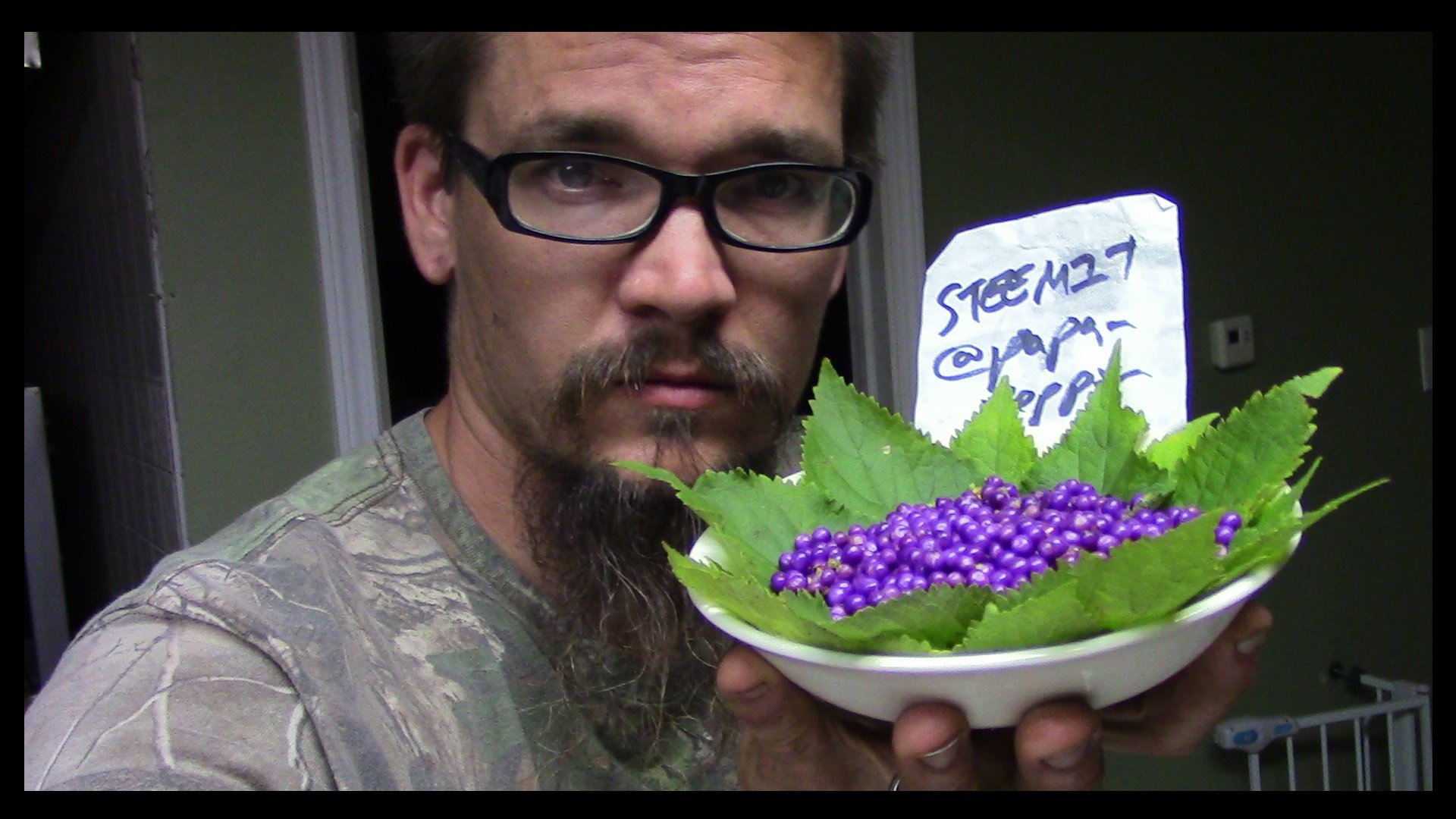
Here's previous THE EDIBLE OUTDOORS posts:
- 1-Common Yellow Wood Sorrel
- 2-Lamb’s Quarters
- 3-American Gooseberry
- 4-Stinging Nettle
- 5-Sassafras
- 6-Creeping Charlie
- 7-Dandelion
- 8-Plantain
- 9-Mint
- 10-Garlic
- 11-Purslane
- 12-Elderberry
- 13-Prickly Pear Cacti
- 14-Wild Lettuce
- 15-Passionfruit
- 16-Alfalfa
- 17-Chicory
FOLLOW

Awesome Handcrafted @papa-pepper logo kindly donated by @vlad - Thank you!!
